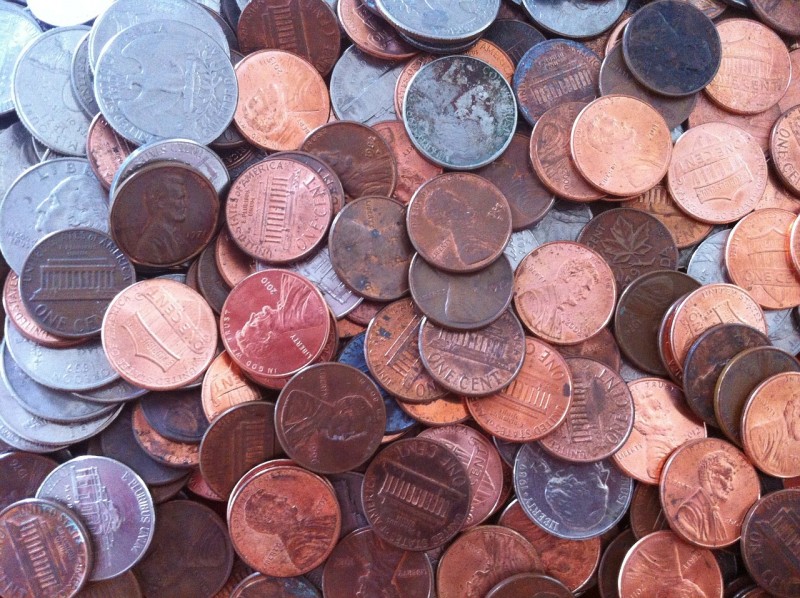Popular Posts
A new survey by Bankrate.com shows that many of us couldn’t come up with enough money to pay an emergency room bill or keep a car running, and that we’d likely resort to credit cards or family loans to get by.
The financial website surveyed 1,000 Americans by phone and found that four in 10 do not have the cash on hand to manage an unexpected expense of $1,000. If that sounds like you, then you need an emergency fund!

Easy to say, hard to do. And there’s the problem of retirement. If you put money away for short-term expenses, that means you aren’t saving for retirement, either.
But you should save before you invest. It won’t help to take on high-cost debt from a credit card or home equity line just to pay for broken crown or bent fender. Here are ways to get an emergency fund started — and then get back to retirement saving.
Pay yourself first, and automate it!
It’s a tried-and-true fact of saving. If you get money out of your paycheck automatically, you tend not to spend it. Talk to your HR director at work and ask about ways to split your check into two direct deposits: One to your checking and one to a savings account.
If you find it too easy to move money out of savings, direct it instead to a spousal account or even to a separate bank! Anything to get into auto mode and have money piling up without your taking notice day-to-day.
Find your “latte factor”
Economists have long pointed out that we spend money unconsciously. Daily budget-busters like pricey coffee and lunches out turn into hundreds of dollars a month before you know it.
Take a slip of paper and write down what you spend every day for a week. Write down actual prices, tax included. Then pick something you can live without and multiply that weekly total by 52. Real money, right? Time to cut back, and you know where to start.
Sell something you don’t use anymore
Everyone has a third TV or a disused appliance somewhere in their house. Is anybody listening to that older digital music player? Watching all those DVD movies?
You can have a yard sale for small items and put big-ticket things like sports equipment on eBay or Craigslist. That should give your emergency fund a nice solid start.
Staycation ’til you make it
We love to take trips during the year to break the monotony of work and school. What if you took that money and put it away instead? How much do you spend on a long weekend trip, counting gas, meals and hotels?
If it’s anywhere north of $500 (and it probably is), bank that money instead until you get to a solid goal, like one month’s pay, in your emergency savings account.
Open a Roth IRA
Many of use want to save for retirement and save for emergencies. A Roth IRA helps you do both. Money you put in as contributions can be taken out later.
You can’t take out growth and dividends, but the contributions are fair game. (Check IRS rules carefully here.) If you don’t hit your Roth fund for emergency spending, it grows with the market just like any other retirement investment.